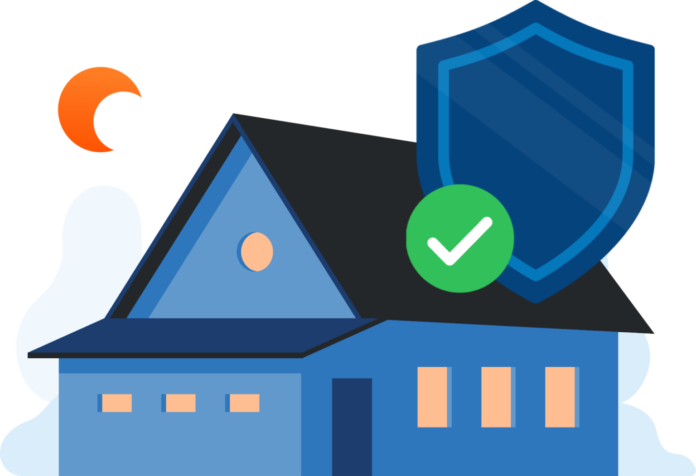The emergence of smart home technology has increased not only convenience but also automation for various spheres of life. Smart thermostats that learn at the press of a button and security systems that allow homeowners to keep watch over their homes are some of the devices that fall under the rubric of the IoT. This interconnectivity makes our security a critical concern. It is upon the user to identify the risks and thereafter assess what steps there are to be taken with the potentiality of compromising that security and breach of privacy.
Awareness of Risks
The very essence of IoT devices is they are connected to the Internet and, therefore, potential entry points for cybercriminals. In most cases, many devices have weak default passwords or have not been equipped with sufficient security features, which make them an easier target for hackers. With a hacked device, compromising all the plan of sensitive information can come through this device: personal data, financial details, and perhaps even live video feed; camera may record. In the worst case, the hackers may try to take control of your entire smart home network and cause disruption in essential services or an existential threat.
Secure IoT Devices
Prevention is better than cure. Therefore, here are some methods that a person can use to secure a smart home and its devices from any potential threats:

- Change The Default Passwords: One of the most important steps is to change the default passwords on all of your IoT devices. Make sure you use unique, complex passwords for every access, incorporating uppercase and lowercase letters, numbers, and symbols.
- Keep Software Updated: Patching ought to be done automatically if possible. Otherwise, always manually check for software updates and install them.
- Secure Wi-Fi Network: Your Wi-Fi network is the initial entry into your smart home. Protect it by a strong Wi-Fi password, which uses WPA2 or WPA3 encryption for security. Think of creating a spare guest network to protect your friend’s devices from your primary network.
- Keep Network Secured: Secure further the network by creating separate VLANs while dealing with different device types. This helps to limit the extent of implications resulting from a compromised device by prohibiting access from one network segment to another for hackers.
- Remove the Unnecessary: Numerous features of an IoT device may be rendered unnecessary for the devices’ purpose. For that reason, any functionalities should be disabled to decrease the potential attack surface.
- Two-Factor Authentication: You should enable 2FA whenever you get a chance to set it up. It takes both your password and another form of verification, such as a code sent to your phone, before getting access to your devices/accounts.
- Audit Device: Periodically review devices connected to your network, and get rid of those that are no longer necessary for use. This will help you determine potential vulnerabilities and lessen the risk of unauthorized access.
- Research Before You Buy: Get insights on the security features and reputation of a device before buying any IoT gadgets. Look for well-recognized brands that have proven to take the privacy of their consumers quite ethical in regard to different security breaches.
- Stay Updated: Always stay up-to-date with the latest security threats and best practice when you don’t want to be left out unaware of security issues. Keep up with better blogs and news in the industry and consider subscribing to security newsletters.

The Future is Secured-The Future Security of Smart Homes
Smart home technologies would only bring security issues as well. The manufacturers are increasingly inserting advanced security mechanisms into electronic devices, including biometric access mechanisms and encryption. But, at last, people’s security is always under their control – they need to follow sound practices and be aware.
One should always go for a secure smart home. This approach will ensure that you do not forfeit your privacy or safety while benefiting from a smart home.




This blog on securing IoT devices in smart homes was incredibly helpful! As someone who is building out my smart home, the tips on how to safeguard devices from potential cyber threats were spot on. Jazz Cyber Shield provided some really practical advice on encryption, network security, and device management. I’ll definitely be taking these steps to protect my home network!